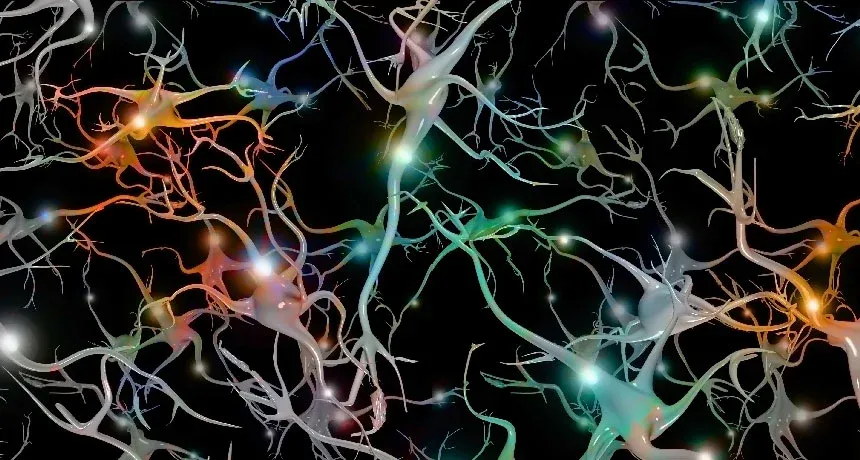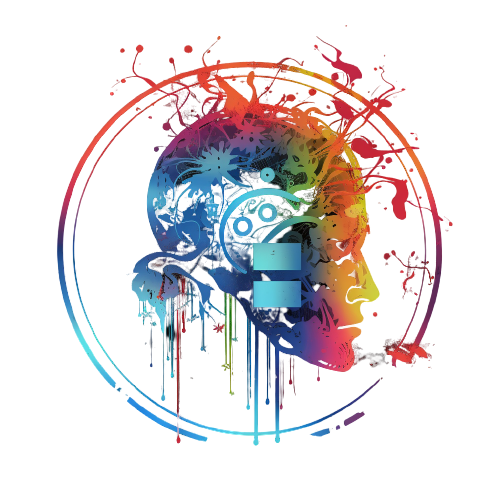AI's Artistry: Controlling Monkeys' Brain Cells
Explore how AI-generated images are manipulating neural activity in primates, leading to unprecedented control and potential therapeutic applications.

AI's Artistry Unveiled
In a remarkable intersection of technology and biology, an artificial intelligence has been used to create art that can manipulate nerve cells tied to vision in monkeys' brains. This unconventional approach offers unprecedented control over neural activity and paves the way for new kinds of neuroscience experiments or treatments for mental disorders12.
Neural Network at the Helm
The AI behind this breakthrough is an artificial neural network, a computer model inspired by the ventral stream, a neural pathway in the brain involved in vision. This AI learned to "see" by studying a library of about 1.3 million labeled images. Subsequently, researchers instructed the AI to design images capable of influencing specific ventral stream neurons in the brain2.
AI and Neuroscience Collide
Researchers from MIT, led by neuroscientist Kohitij Kar, tested the AI's deliberately designed images on three macaques fitted with neuron-monitoring microelectrodes. The AI's goal was to create patterns that would stimulate neurons at a specific site in the ventral stream as much as possible, regardless of how it affected other neurons. This goal was achieved with a remarkable success rate, causing neurons to fire 39 percent more than their maximum response to real-world images2.
In another test, the AI crafted patterns meant to make the neurons at one target site go wild, while minimizing the activity of others. The AI-created images isolated neural activity to the target site significantly better than real-world images, hinting at future AIs with more sophisticated designs and more training data that may wield finer control2.
Experts in the field recognize this as a magnificent technical progress. Arash Afraz, a neuroscientist at the National Institute of Mental Health, sees this as a new tool in the toolbox of neuroscience, allowing researchers to noninvasively tinker with neurons in ways that were not possible before2.
Potential Therapeutic Applications
Furthermore, AI-rendered images that orchestrate neural activity may also lead to new treatments for mental health problems like post-traumatic stress disorder, anxiety, or mood disorders. Just as people use light therapy boxes to assuage seasonal affective disorder or look at peaceful nature scenes to calm down, individuals may someday find solace by gazing upon images that an AI tailor-made to boost mood2.
These experiments not only demonstrate a new technique to manipulate neurons, but also provide new insight into the nature of AI. The fact that monkey neurons responded to AI-created images just as the AI intended suggests that this computer program does indeed understand visual information in a way that's similar to the primate brain, further cementing the similarities between AI processing and biological cognition2.
Stay tuned for more fascinating insights into the world of AI by subscribing to our newsletter here. Want to connect further? Send a connection request on LinkedIn to Vuk Tanaskovic.
